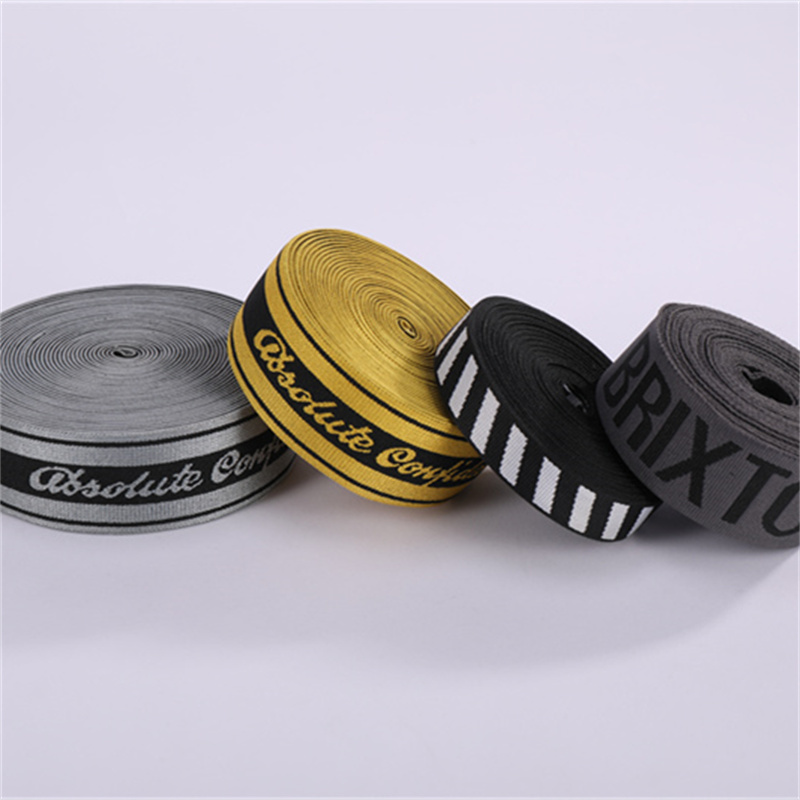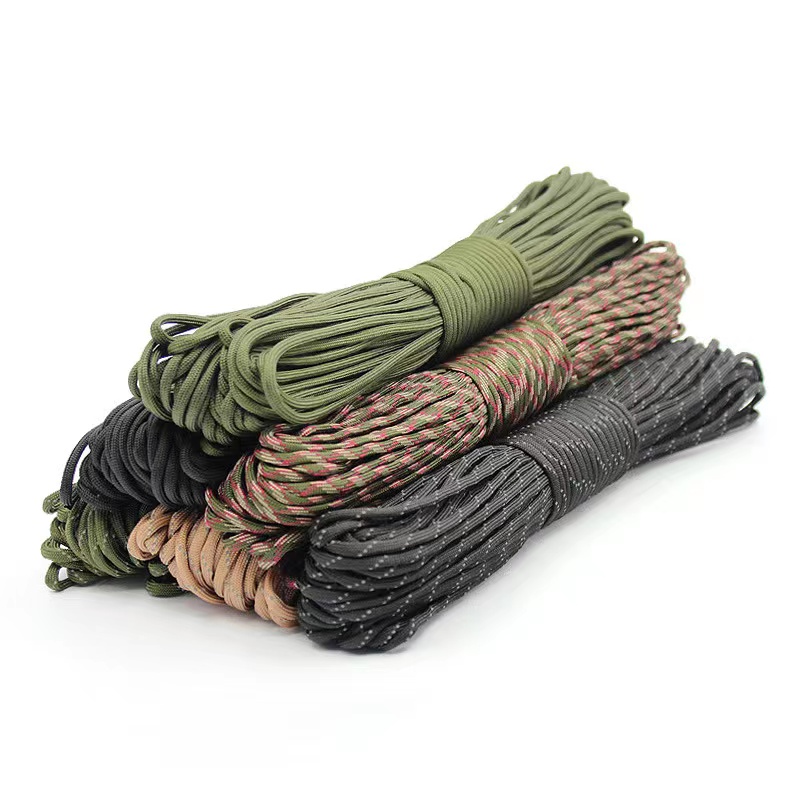Cutting nylon webbing and rope is a common task for many DIY enthusiasts, outdoor adventurers, and professionals. However, improper cutting techniques can cause wear and tear, leading to reduced strength and durability. In this article, we will explore the tools needed, the step-by-step cutting process, and important considerations based on the characteristics of nylon. By following these guidelines, you can ensure that your nylon webbing and rope maintain their integrity and strength after cutting.
Tools Needed
Before cutting nylon webbing and rope, it's essential to gather the right tools to ensure a clean cut and minimize wear and tear. The following tools are recommended:
Sharp Scissors: Utilize a sharp pair of scissors specifically designed for cutting tough materials like nylon. Dull scissors can fray the edges of the webbing or rope, leading to potential weakness.
Hot Knife: A hot knife is a specialized tool that uses heat to cut through nylon effortlessly. It seals the edges of the webbing or rope, preventing unraveling and fraying.
Cutting Mat: A cutting mat provides a stable surface and protects the underlying work area from damage. It also helps to ensure accurate and safe cutting.
Measuring Tape: Accurate measurements are crucial for cutting webbing and rope to the desired length. A measuring tape helps ensure precision.
Step-by-Step Cutting Process
Once you have the necessary tools, it's essential to follow a systematic cutting process to minimize wear and tear on the nylon webbing and rope. The following steps outline a recommended cutting process:
Step 1: Measure and Mark Using a measuring tape, determine the required length of the nylon webbing or rope and make a precise mark at the cutting point using a fabric marker or chalk. Accurate measurements are essential to avoid unnecessary waste and ensure the desired length.
Step 2: Secure the Material Place the nylon webbing fabric or rope on a cutting mat and secure it in place using clamps or weights. Securing the material prevents it from shifting during the cutting process, ensuring a straight and clean cut.
Step 3: Cutting with Scissors For nylon webbing and smaller diameter rope, carefully cut through the material using sharp scissors. Use steady and even pressure to ensure a clean cut without fraying the edges. It's important to use a single, continuous motion to prevent uneven edges.
Step 4: Cutting with a Hot Knife For thicker rope or to seal the edges of webbing, a hot knife is the preferred tool. Heat the knife according to the manufacturer's instructions and carefully guide it along the marked cutting line. The heat will melt and seal the edges, preventing fraying and ensuring a clean cut.
Step 5: Inspect and Test After the cutting process is complete, inspect the cut edges for any signs of fraying or damage. Test the strength of the cut section by applying gentle pressure. If using the hot knife, ensure that the edges are properly sealed to prevent unraveling.
Considerations Based on Nylon Characteristics
Nylon is a synthetic material known for its strength, durability, and flexibility. However, it also possesses certain characteristics that require specific considerations when cutting to avoid wear and tear.
Melting Point: Nylon has a relatively low melting point, which means that excessive heat can cause the material to melt and deform. When using a hot knife, it's crucial to adjust the temperature to the appropriate level for cutting without causing damage.
Fraying Tendency: Untreated nylon webbing and rope have a natural tendency to fray when cut using the wrong tools or techniques. To prevent fraying, using a hot knife or sharp scissors and sealing the cut edges is essential.
Strength Retention: Improper cutting can compromise the strength retention of nylon webbing and rope. By using the right tools and techniques, it's possible to maintain the integrity and strength of the material, ensuring it performs as intended.
Properly cutting nylon webbing tape and rope is essential to maintain their strength, durability, and performance. By utilizing the right tools, following a systematic cutting process, and considering the unique characteristics of nylon, it's possible to minimize wear and tear and ensure clean, strong cuts. Whether you're crafting outdoor gear, working on DIY projects, or using nylon webbing and rope in a professional capacity, these guidelines will help you achieve precise and reliable results while preserving the integrity of the material.


Post time: Feb-21-2024



